
By OB7
Rising sea levels and flooding will soon become an issue for Bowker Creek. With glacier loss at 20-25%, less cold water enters the creek which is harmful for fish who are sensitive to temperature changes. There is also the threat of erosion as the water comes further inland, ruining habitats along the shore of the creek.
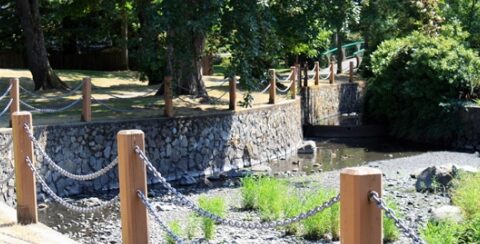
By OB16
Bowker Creek is around 14-1,1500 years of age. Bowker Creek is named after John Sylvester Bowker, an American settler who came to Oak Bay in the 1860s. Bowker Creek runs from the wetland on the University of Victoria campus through the District of Saanich and the City of Victoria, and discharged to the sea through the District of Oak Bay.
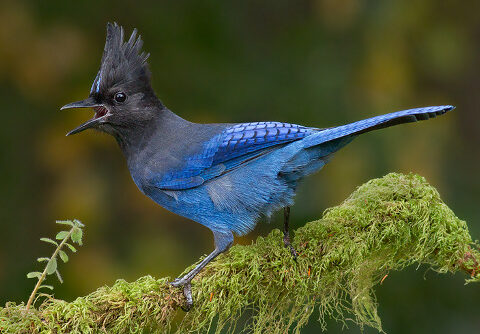
By OB3
Stellar Jays are one of most beautiful birds you may see. They are dark blue with a black head and shoulders. They are seen all through the North West in Evergreen Forests . Stellar Jays eat berries, seeds, nuts, and insects. Even though its winter the Stellar Jays are still out. These birds are incredibly smart and inquisitive.

By OB4
This is a short video clip showing the collection of a water from the Oak Bay High section of Bowker Creek

By OB4
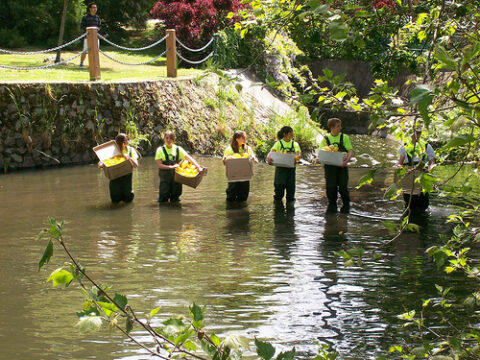
By OB7
If our conservation efforts work as we hope, the future creek will be a flourishing ecosystem full of biodiversity. However,if climate changes affects the creek we will have to take a different approach in order to sustain the ecosystem. Small things have a large impact in the future, regarding the native plant species surrounding the creek.
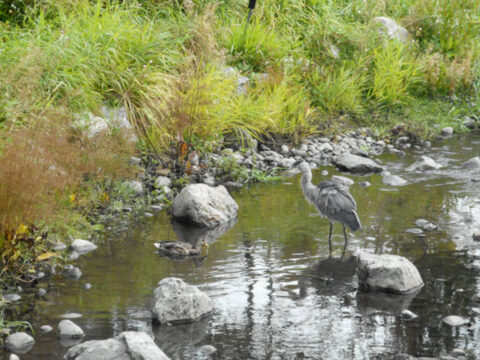
By OB7
Bowker creek was vital for First Nations communities providing them with food, water, and transportation. It housed a marine ecosystem supported by the watershed. However, Oak Bays development in the 1900’s re-purposed the creek as a landfill. Since then, over 50% of it has been hidden by cement tunnels and affected by pollution and climate change.
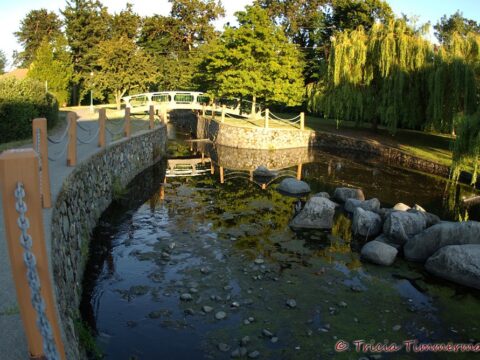
By OB7
Bowker Creek is a very important ecosystem to Oak Bay as it is one of the only riparian ecosystems in the community. The creek is home to many animals, such as ducks and a variety of different insects. There are many native plant species around the Bowker Creek area, and therefore it is an essential ecosystem to keep our community thriving.
